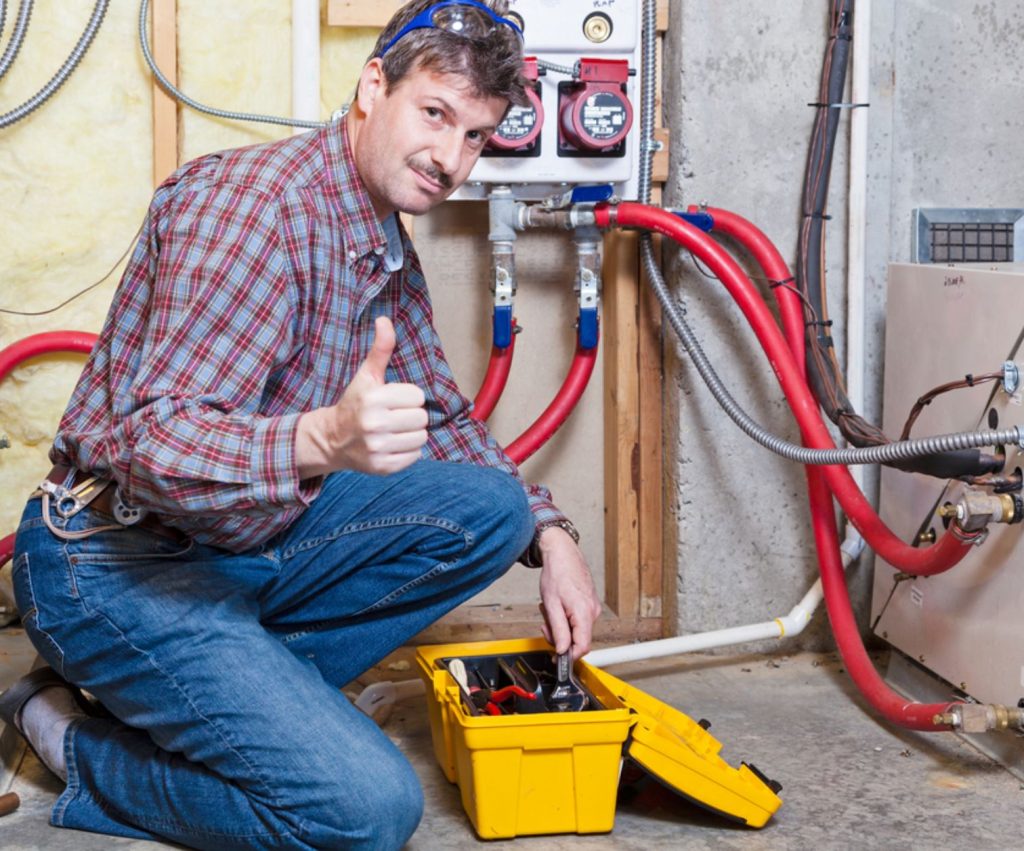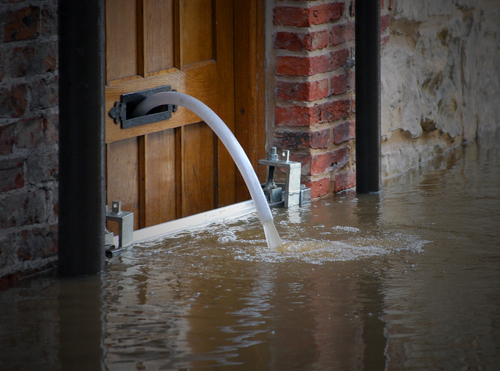Can Your Sump Pump Withstand Rainy Days?
Rainy days at home are often associated with being warm and comfortable inside. While you’re nestled down on a cold, rainy day at home, you would want to deal with an ineffective sump pump.
Can your sump pump withstand stormy and rainy days?
In today’s post, we’ll share some essential tips on what you need to know to ensure that your sump pump is in good working order.
What Is a Sump Pump?
First, we’ll give an overview of what this device is. You will find the pump in either the crawlspace or basement of the house.

Its primary function is to redirect floodwater that penetrates the home away from your property.
An efficient pump will ensure that water will not seep into your property – preventing any water damage.
This tool is also useful if the washing machine is in the basement, which sometimes could lead to flooding.
Maintaining the Pump
Ensuring that the pump is in optimum condition is vital. After all, you wouldn’t want to find your basement flooded with water during or after a storm.
Water damage can severely damage your home, including its foundation. This scenario will lead to costly repairs, and more importantly, can put your lives at risk.
If you have a malfunctioning sump pump because of poor maintenance, that’s not going to be right for you. Fixing this issue is not as easy as turning the shut-off valve when you have a leaky toilet or broken faucet.
You can’t stop the rain – and if rainwater starts seeping into your home, then you’re looking at more damages. That’s why it’s essential to maintain the pump at all times.
Keeping the Pump Running
When it comes to the sump pump, you have to make sure that it’s working like how it should. To conduct your own test, go to where the pump is located in your house. Fill a bucket with water and empty it into the pit where the pump is located.
If the pump is not working as you expect it to – whether it’s working slowly or not working at all – consider those are warning signs already that you’re facing some problems with the pump.
Those are clear indicators that you must call a professional to perform an inspection as soon as possible.
What to Do When the Pump Fails
An inactive pump can lead to water penetrating your property and damaging your valuables. The best-case scenario is a manageable amount of water coming in so you can merely manually dump it out of the basement. However, you’ll need to work fast. The longer the water stands and collects on your floor, the higher the risk for mold and mildew to develop.
However, when the flooding is more severe than you anticipated and your pump is dormant, let’s hope you have a portable pump.
If you don’t have this device, fortunately, there are some ways you can handle flooding in your basement.
Some water removal equipment is available for rent at construction rental or hardware stores. Call these local places and ask they have the equipment you need available to rent.
You can hire the services of water removal professionals. However, keep in mind that if you have widespread flooding, these people may be in demand and may not get to you immediately.
Do You Have a Back-Up Power Supply?
If ever your primary power source was cut off, you can set a secondary one to ensure you will always have a working pump.
During heavy storms, it’s not uncommon for electricity to be cut off, rendering your pump useless because it relies on power. Ask a professional about battery-powered sources for your pump. They can give you expert recommendations.
